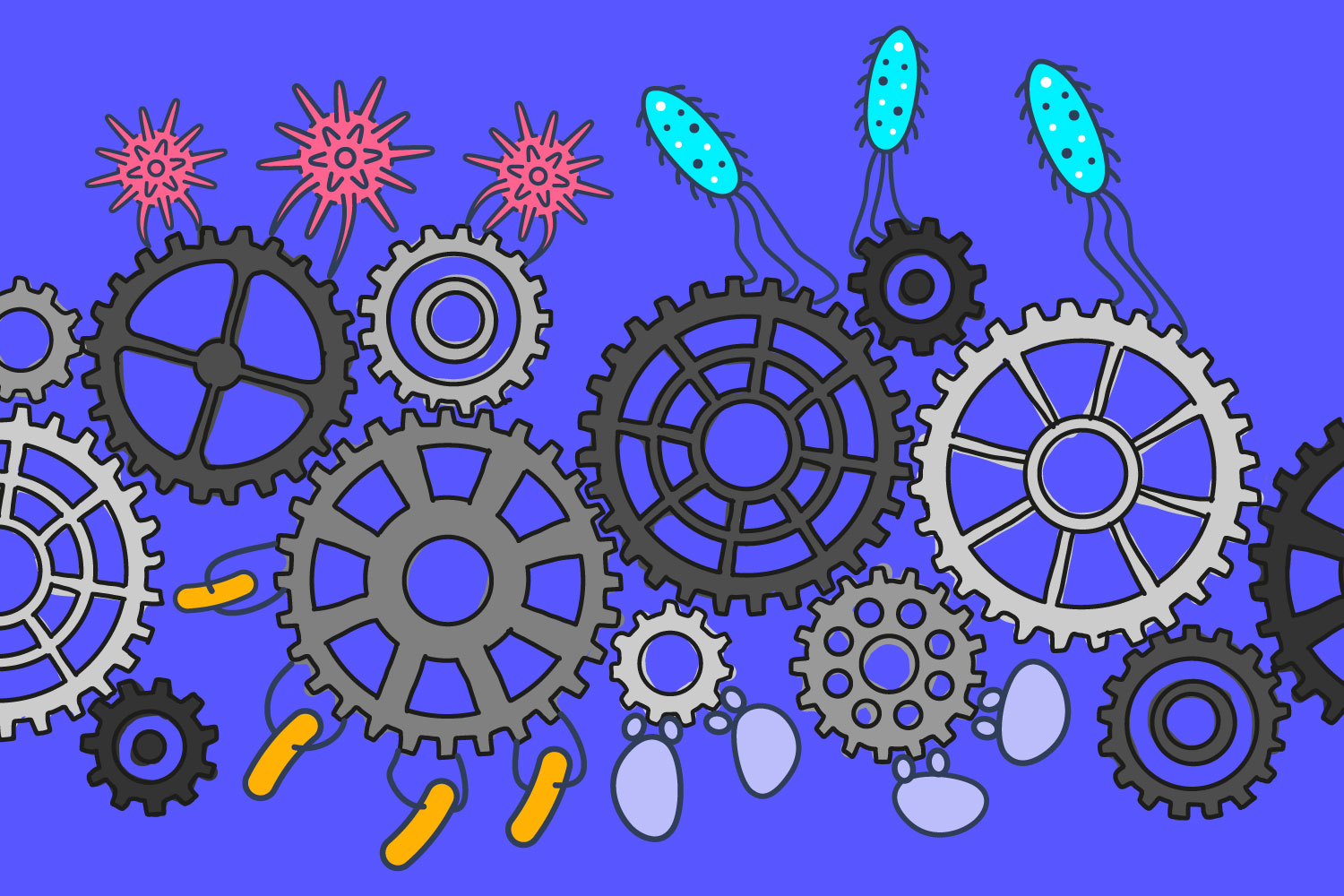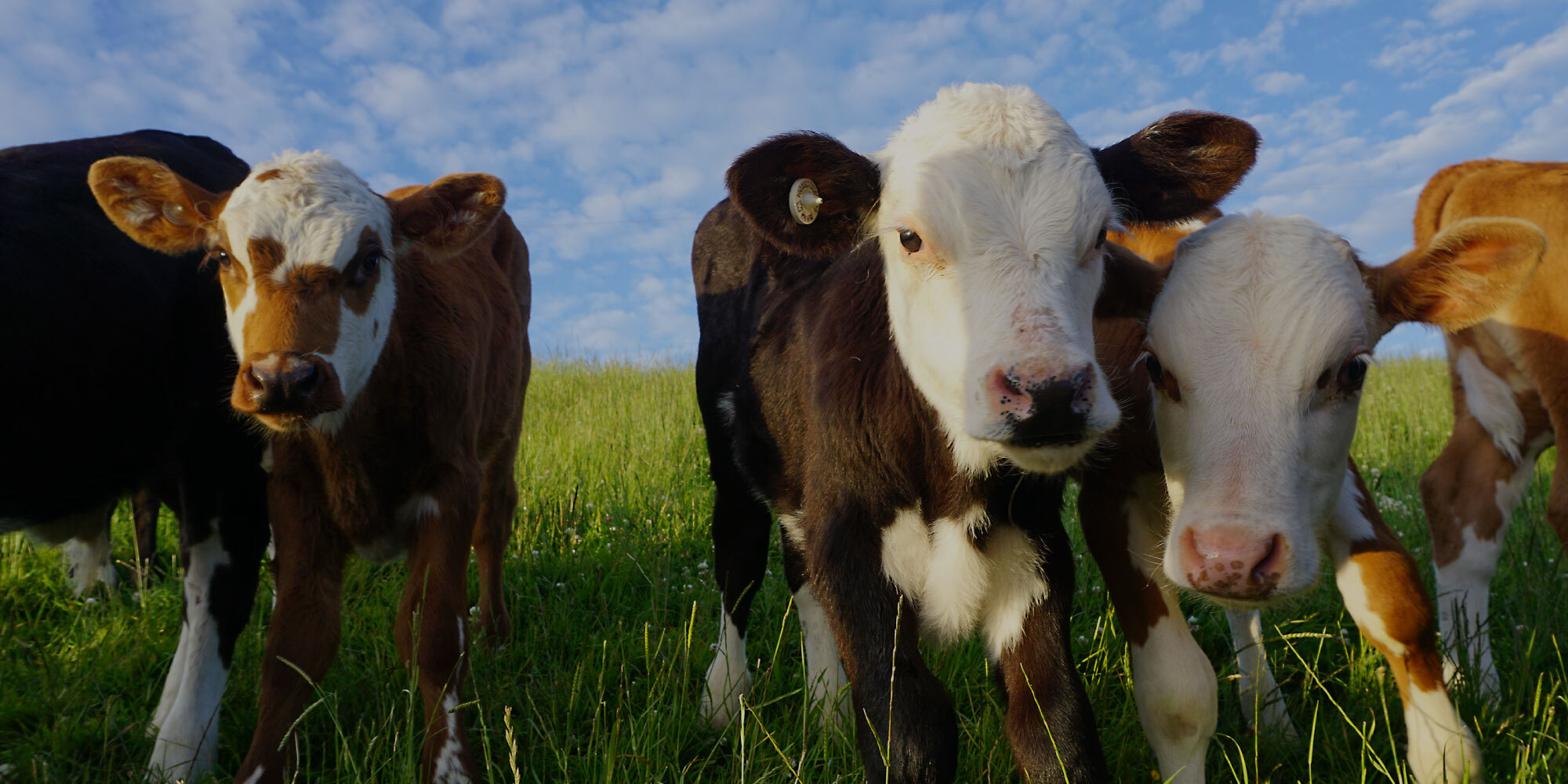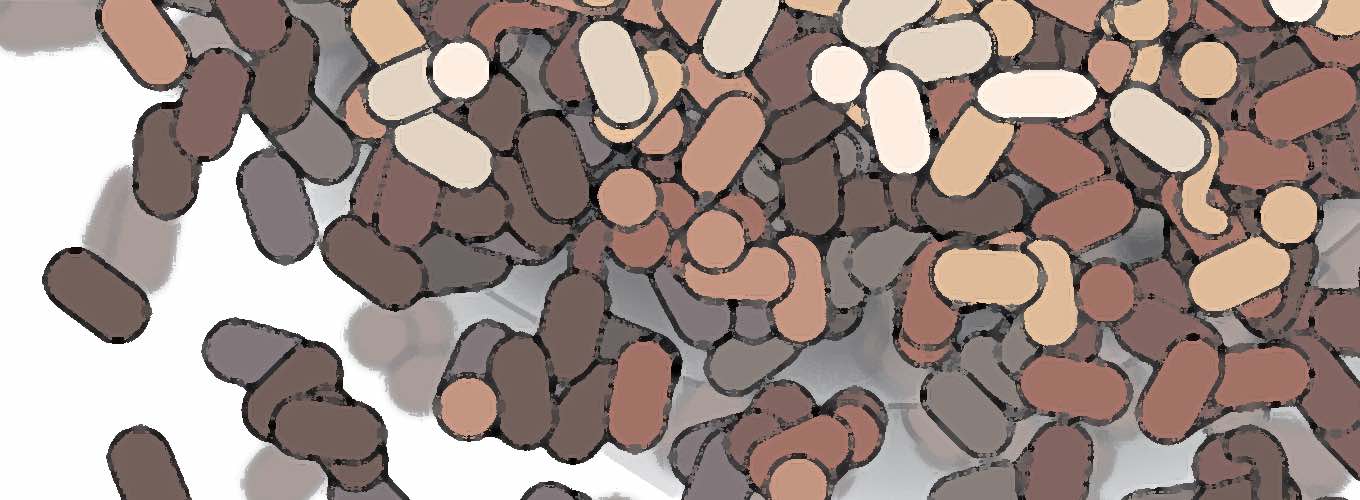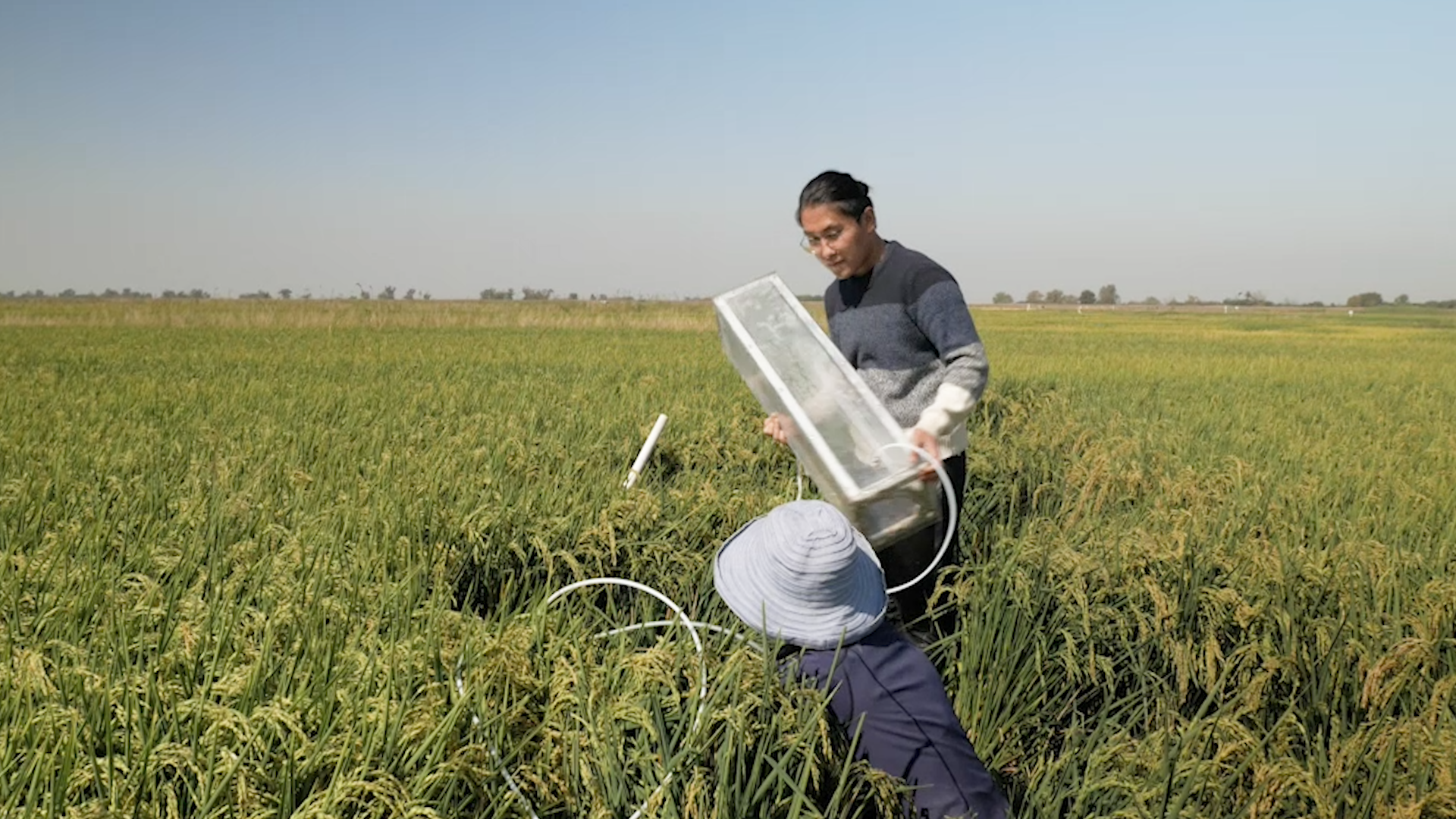

news
The Cow Burp Problem: How CRISPR is Tackling Methane Emissions
Researchers at the IGI are working to eliminate a key source of greenhouse gases using precision microbiome editing.
Methane is a greenhouse gas 25 times more potent than carbon dioxide. One of the biggest sources of methane: cow burps. But don’t blame the cows! The methane is actually created by microbes in the cow gut. IGI researchers Ermias Kebreab and Matthias Hess at UC Davis and collaborators at UC Berkeley are working to develop new tools to block the microbes from creating methane in the first place, sparing the Earth — and the cow — from the effects of the gas.
- Learn more about the IGI’s Audacious Project that is developing new precision microbiome editing tools to solve problems in health and climate
- Watch other videos in the IGI’s Inside Genomics series on YouTube
Full video transcript
Narrator: Communities of microbes called microbiomes exist in the guts of humans, cattle, and other animals. Microbiomes have many important roles, from helping digest food to preventing infection and regulating the immune system. But in cattle, they also do something else: they make methane gas, which the animals emit as burps. And yes, they’ve studied it — the methane is mostly coming from the front of the cow.
Ermias Kebreab (IGI Investigator, UC Davis): The reason that we really want to tackle this is because from the pre-industrial period, we had 1.1 degree centigrade increase and we want to try to keep it up to 1.5 out of the 1.1 degree centigrade, 0.5, almost half of it is because of methane. If you look at the anthropogenic sources of methane, about 35% is from livestock.
Narrator: While many other sectors like energy and transportation have technological options for reducing emissions, agriculture has proven to be a tough nut to crack. Ermias Kebreab and Matthias Hess are IGI researchers based at the University of California, Davis. They’re working on a novel approach to reducing methane emissions: editing the microbiomes of cattle. Their inspiration comes from an unusual place: red seaweed. Previous work from the pair has shown that feeding cows red seaweed can dramatically reduce their methane emissions. The seaweed works by blocking some enzymes that microbes need to make methane.
Ermias Kebreab: Basically they were collecting a lot of different types of seaweed from Australia and they were just looking to see which ones to reduce methane emissions. We did the first study in dairy cattle in vivo, in real and real cattle, and we saw a substantial reduction of a 60% reduction in methane emissions.
Narrator: Some studies show methane reductions as high as 98%.
Now, the pair is working on using CRISPR genome-editing to target the same methane-making genes within the genomes of microbes that live in the cattle’s gut. The goal is to create a safe, inexpensive, one-time treatment that would permanently reduce methane emissions and could be used by cattle farmers around the globe.
Matthias Hess (IGI Investigator, UC Davis): The ideal outcome of that project really would be that we could alter the microbiome in cattle really early in life as a calf, and then that microbiome would remain stable and would produce very little if no methane at all, so we’re not touching the animal. We basically change only what these microbes can do.
Narrator: Imagine if you could give every young calf a simple treatment, like a pill, and it would reduce their methane emissions for life.
To get there, the IGI teams at UC Davis and UC Berkeley are working to understand the genomes of methane making microbes.
Matthias Hess: In my lab we look at the microbiomes, get the DNA out of these organisms so we can look at different genetic material that is present in them. The next step is that we can give that information to our collaborators in Berkeley. They will develop some of these tools that they will give back to us here in Davis.
Narrator: The next step would be moving to field trials where they can test if the results found in the lab can be reproduced in the gut microbiome of the cattle.
Ermias Kebreab: What we would like to see is do we get a stable microbiome? How much methane emissions is there? Have you reduced emissions significantly? What are the microbes that are in play? But ultimately the main thing is do we have methane or not?
Narrator: For a problem as tough as climate change, we need to use every tool in the box to target greenhouse gas emissions at every level — even from the tiniest sources hiding inside cows.


